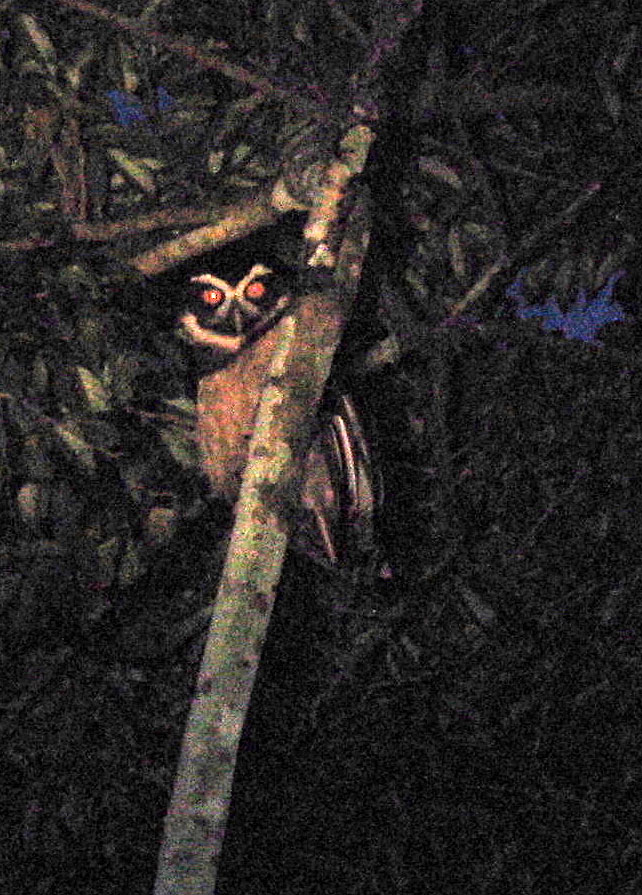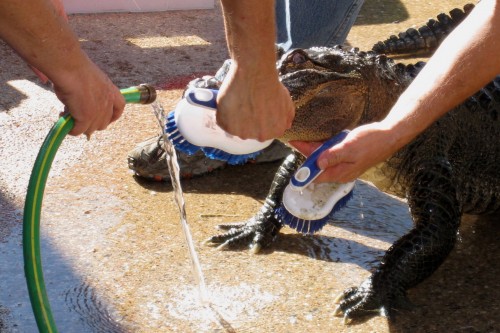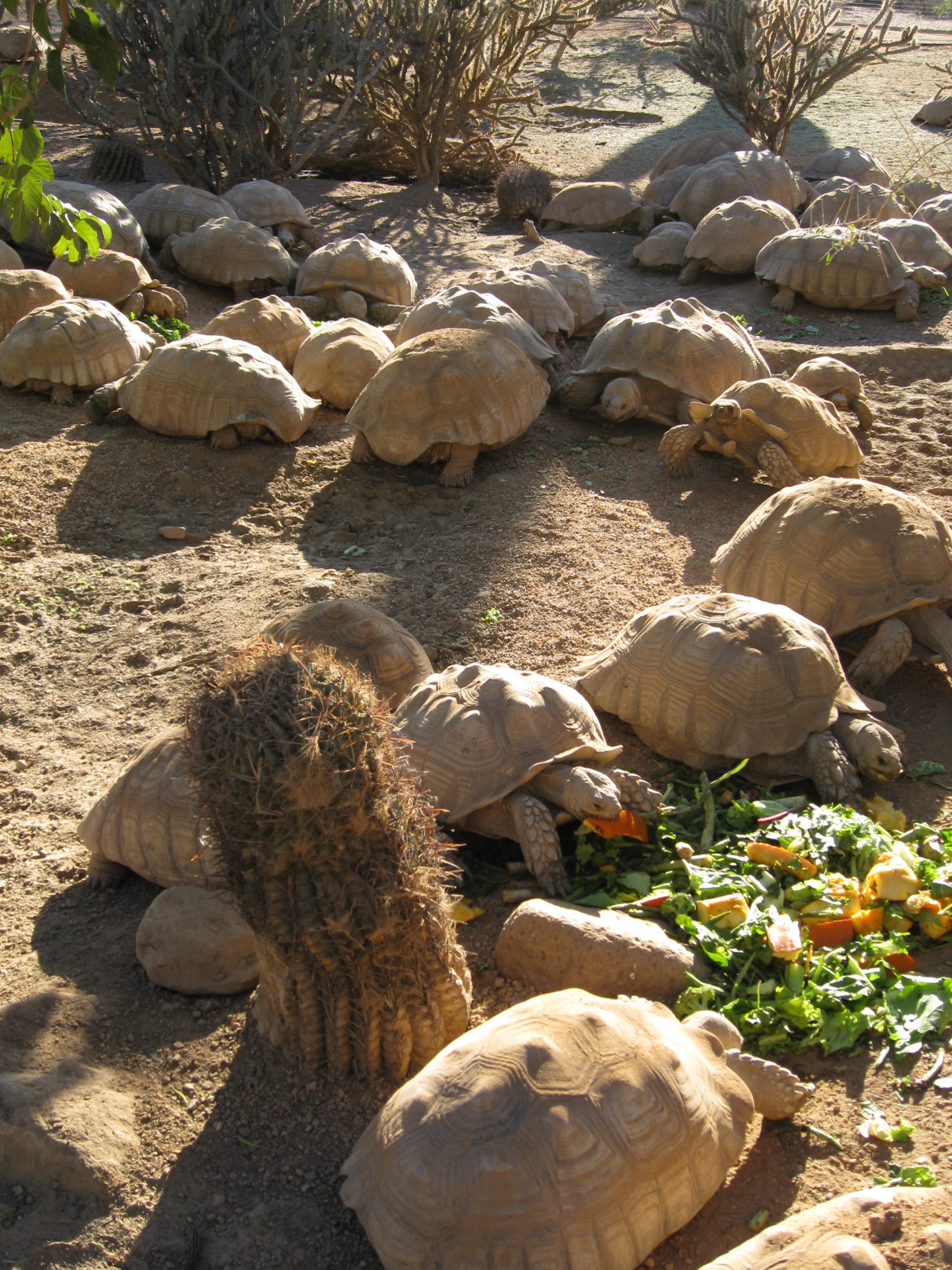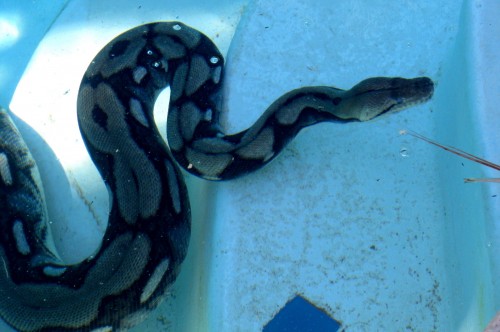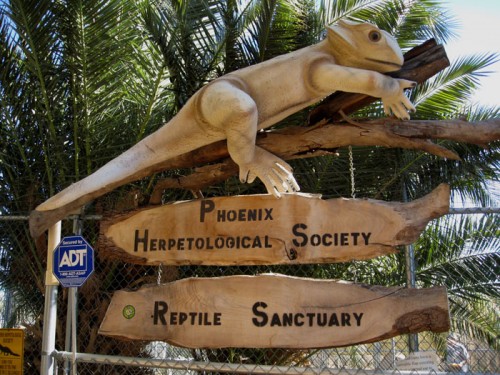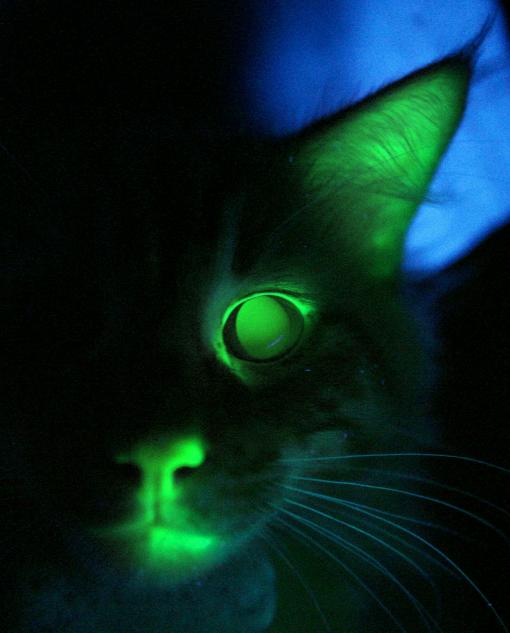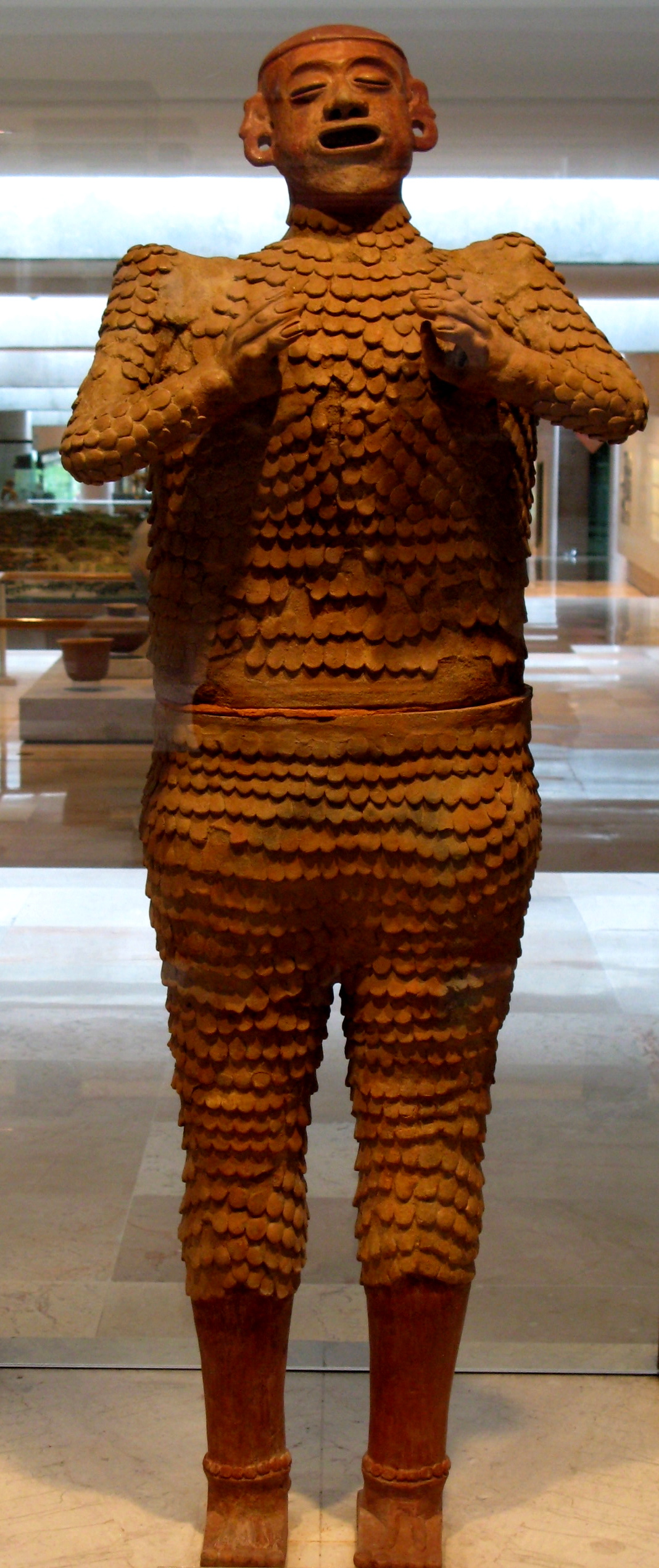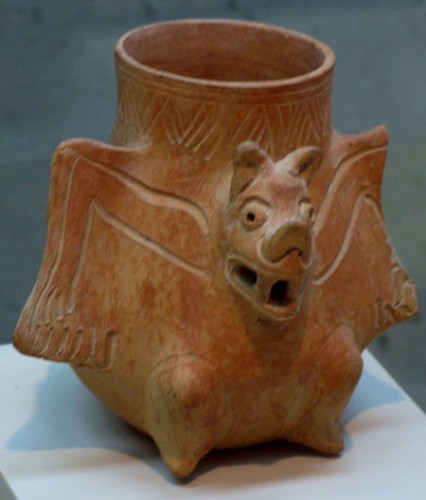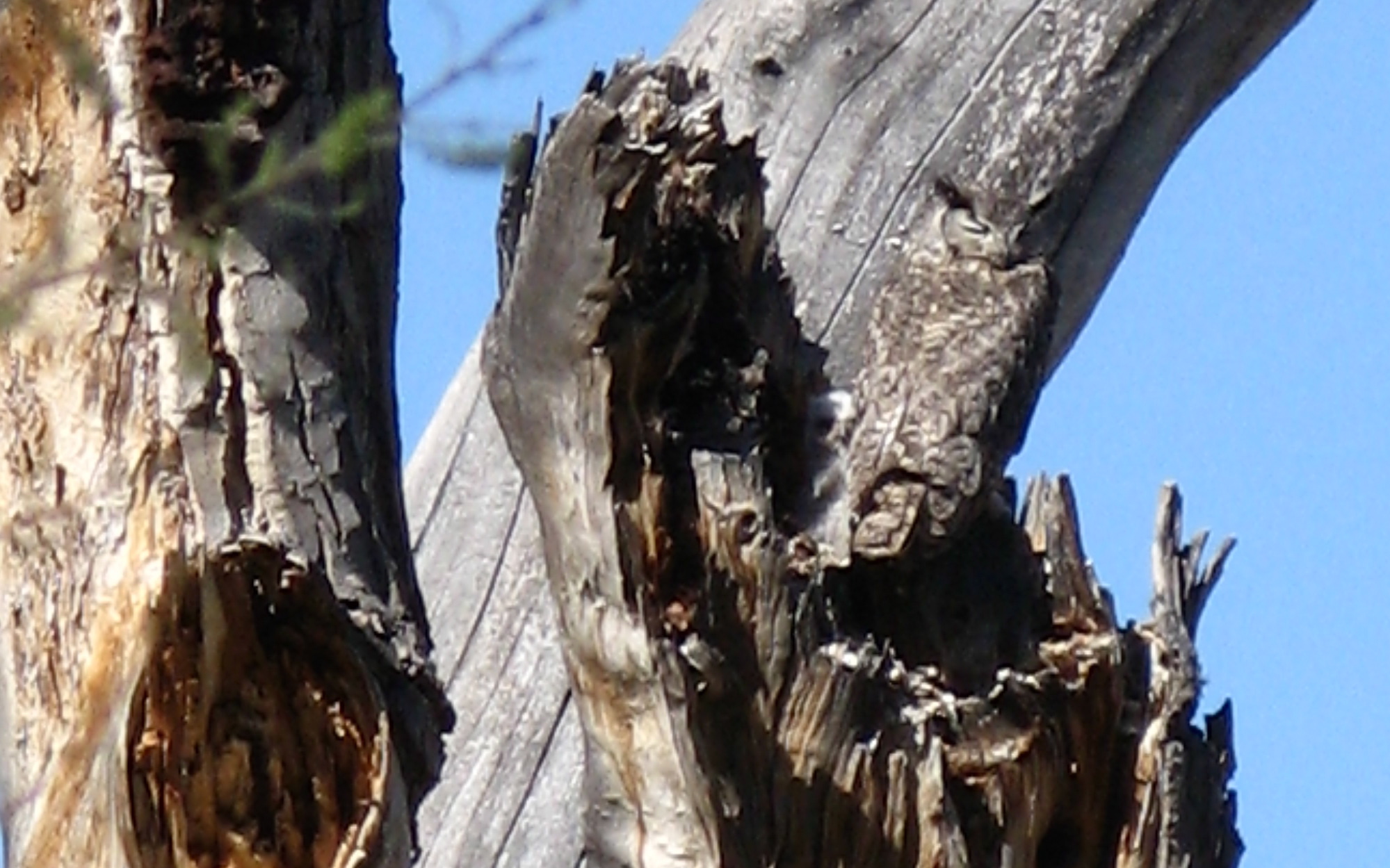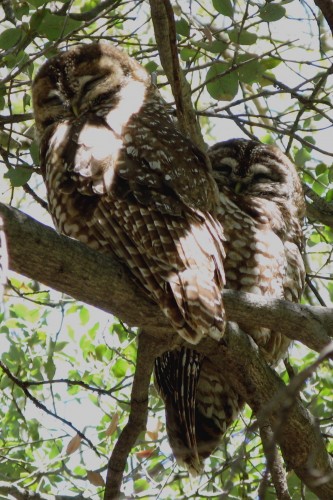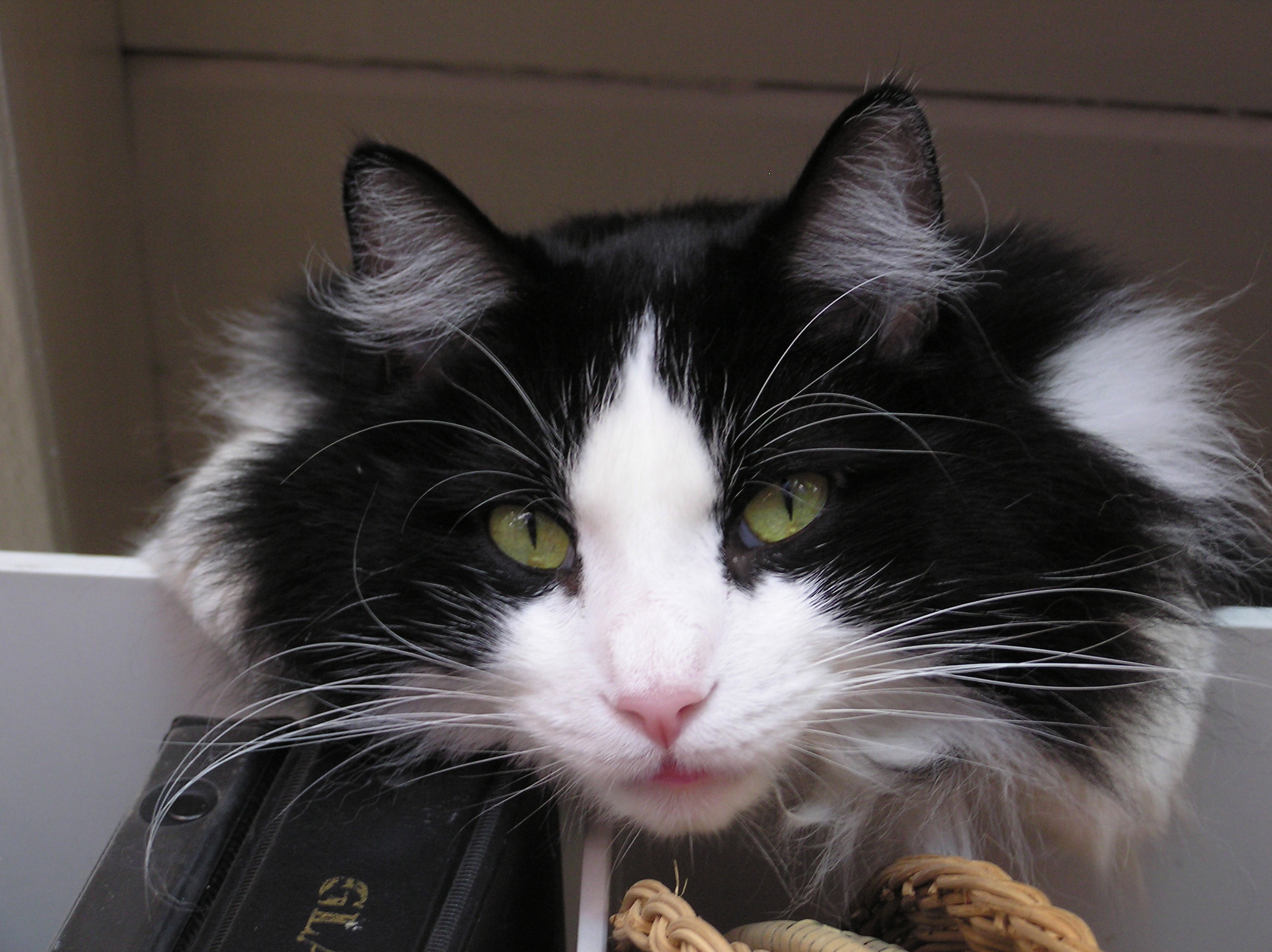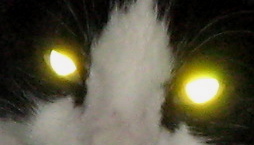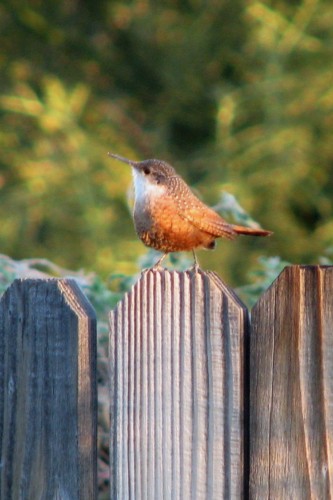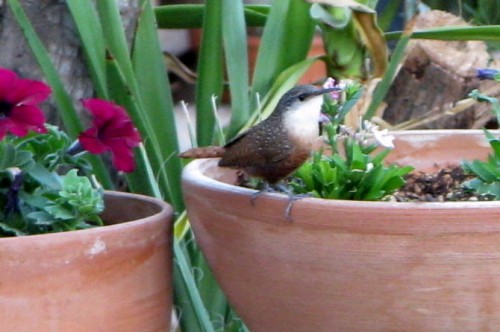
 There is a gap in Three Star Owl postings between Cranky Owlet hears autumn and the Canyon Wren post. This is because for nearly two weeks I was in Mexico, looking at birds. Though the trip had long been planned and paid for, it was a strange thing to be doing while the US economy was falling apart. I was out of the country during the initial flap while the bailout was being tussled over, while the market was first plunging, while the vice presidential candidates were debating. These serious events made looking for birds seem both frivolous and fundamental simultaneously. Frivolous because spending money on vacation travel in a time of economic uncertainty seems unwise and even trivial. Fundamental because, well, the birds were still living their lives, existing in their environments as usual, evading predators, searching for food, migrating thousands of miles to distant wintering grounds, and observing this was a connection to an elemental reality.
There is a gap in Three Star Owl postings between Cranky Owlet hears autumn and the Canyon Wren post. This is because for nearly two weeks I was in Mexico, looking at birds. Though the trip had long been planned and paid for, it was a strange thing to be doing while the US economy was falling apart. I was out of the country during the initial flap while the bailout was being tussled over, while the market was first plunging, while the vice presidential candidates were debating. These serious events made looking for birds seem both frivolous and fundamental simultaneously. Frivolous because spending money on vacation travel in a time of economic uncertainty seems unwise and even trivial. Fundamental because, well, the birds were still living their lives, existing in their environments as usual, evading predators, searching for food, migrating thousands of miles to distant wintering grounds, and observing this was a connection to an elemental reality.
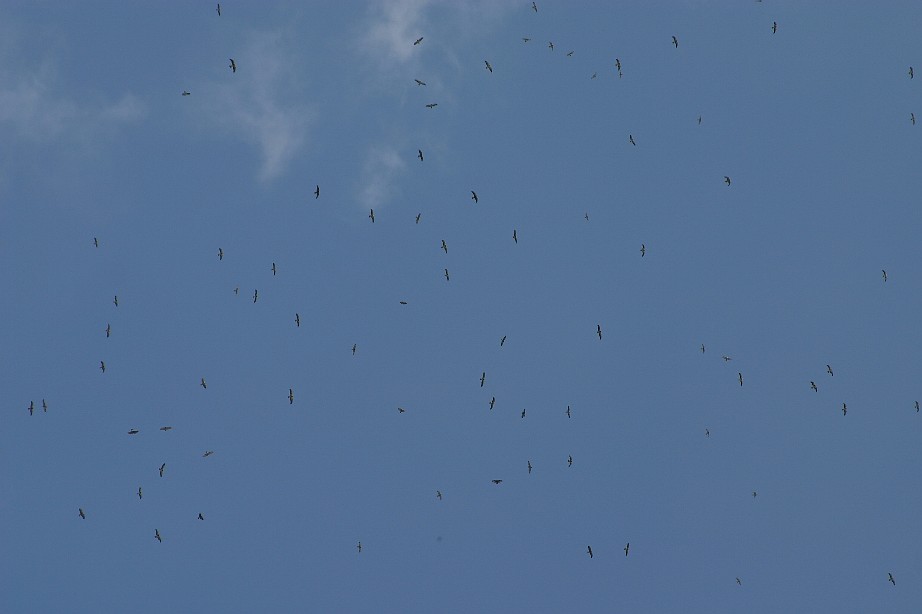 The group I was with was traveling in the Mexican state of Veracruz to see, among other things, the spectacular flights of north American birds of prey funneled along the Gulf Coast of Mexico, the famous so-called Rio de Rapaces. Osprey, Turkey vultures, Broad-winged hawks, Swainson’s hawks, Mississippi kites, Peregrine falcons, Merlins, and others, as well as non-raptors such as American white pelicans, Scissor-tailed flycatchers, Wood storks, and Anhingas swirl overhead in dynamic kettles, spiraling upward on thermals, rising like litter in a dust-devil until they are high enough to stream outward in a south-bound line, some to Central America, others like the Swainson’s hawk, all the way to central South America. Below, their vast exodus is mirrored by the southward movement of songbirds, some nearly at ground level: warblers, thrushes, shorebirds, flycatchers, dickcissels, vireos, grosbeaks, and other songbirds, heading southward mostly at night, stopping to rest and feed during the day in the resource-rich coastal plains, transitional foothills, and tropical forests of the moist state of Veracruz.
The group I was with was traveling in the Mexican state of Veracruz to see, among other things, the spectacular flights of north American birds of prey funneled along the Gulf Coast of Mexico, the famous so-called Rio de Rapaces. Osprey, Turkey vultures, Broad-winged hawks, Swainson’s hawks, Mississippi kites, Peregrine falcons, Merlins, and others, as well as non-raptors such as American white pelicans, Scissor-tailed flycatchers, Wood storks, and Anhingas swirl overhead in dynamic kettles, spiraling upward on thermals, rising like litter in a dust-devil until they are high enough to stream outward in a south-bound line, some to Central America, others like the Swainson’s hawk, all the way to central South America. Below, their vast exodus is mirrored by the southward movement of songbirds, some nearly at ground level: warblers, thrushes, shorebirds, flycatchers, dickcissels, vireos, grosbeaks, and other songbirds, heading southward mostly at night, stopping to rest and feed during the day in the resource-rich coastal plains, transitional foothills, and tropical forests of the moist state of Veracruz.
 These are birds that we are accustomed to thinking of, imprecisely, as “ours”. They are ours, in a sense, because they breed in various parts of the United States and Canada. But for more than half the year, they live in regions closer to the equator, Mexico, Central, and South America, which countries have at least as great a “claim” to the birds as “we” do. They belong to both northern and southern America: this is a hemispheric, in some cases even global, avian economy, in which birds go when and where there is a living to be made, whether the seasonal draw is fruit, seeds, insects, other birds to eat, or survivable temperatures.
These are birds that we are accustomed to thinking of, imprecisely, as “ours”. They are ours, in a sense, because they breed in various parts of the United States and Canada. But for more than half the year, they live in regions closer to the equator, Mexico, Central, and South America, which countries have at least as great a “claim” to the birds as “we” do. They belong to both northern and southern America: this is a hemispheric, in some cases even global, avian economy, in which birds go when and where there is a living to be made, whether the seasonal draw is fruit, seeds, insects, other birds to eat, or survivable temperatures.
At that time, watching CNN in English on a hotel lobby TV hearing US announcers and US politicians expound, it was easy to think of all the economic turbulence as a US problem, with the rest of the world watching from a distance. That was until the the day before we left, when the peso, after a decade of stability at 10 to the American dollar, fell nearly 40 per cent in one day, largely because of the drop in the price of oil. Suddenly, like the movement of birds across the Americas, everything seemed closely related after all.
For the Pronatura Veracruz October 2008 actual day-by-day count of raptors seen, click here.
For an excellent read on the astounding fact and feat of avian migration, try Scott Weidensaul’s “Living on the Wind: across the hemisphere with migratory birds”. He’ll make you realize that migration is an even more amazing phenomenon than it seems. Chapter 5, Rivers of Hawks, is specifically on the Veracruz migration and its fairly recent discovery. As for learning about global economics, you’re on your own. I think we all need to start from scratch, at this point.
Photos: Top, (A. Shock), mural of a Broadwinged hawk and birdcensuser motif on the parapet wall of the Pronatura Hawkwatch site on the roof of the Hotel Bienvenidos, Cardel, Veracruz. Center: kettle of raptors, photo pinched from the site of the North American Ornithological Conference 2006, because I couldn’t get my camera to focus on all those little specks. Below: Osprey from National Park Service Padre Island website.
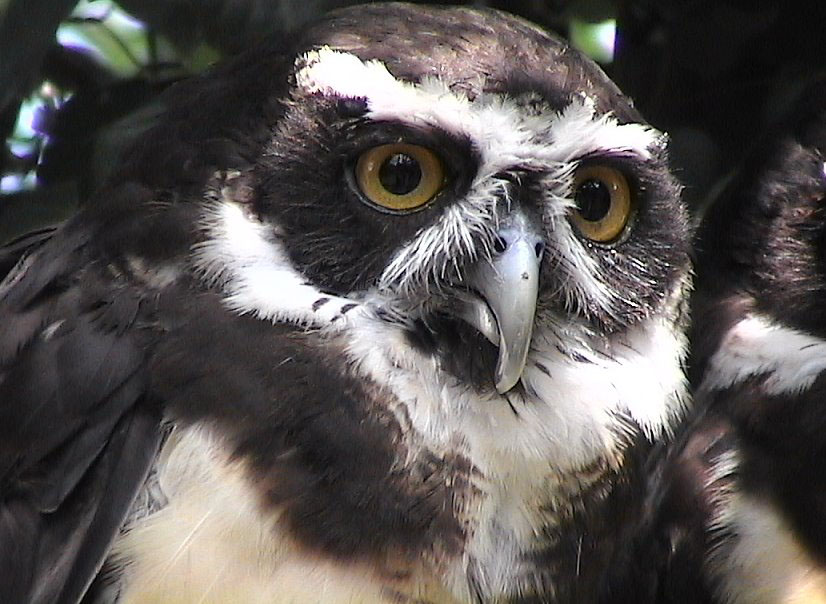 (Top photo A. Shock, Three Star Owl.)
(Top photo A. Shock, Three Star Owl.) 
